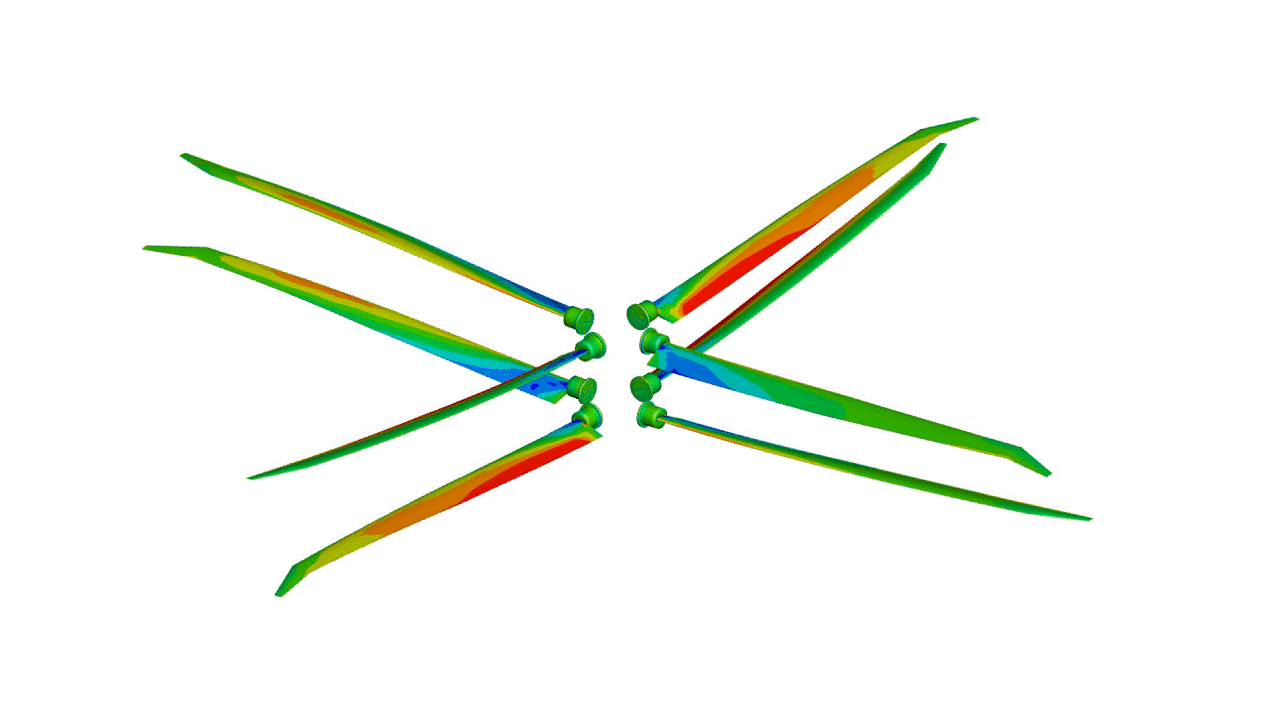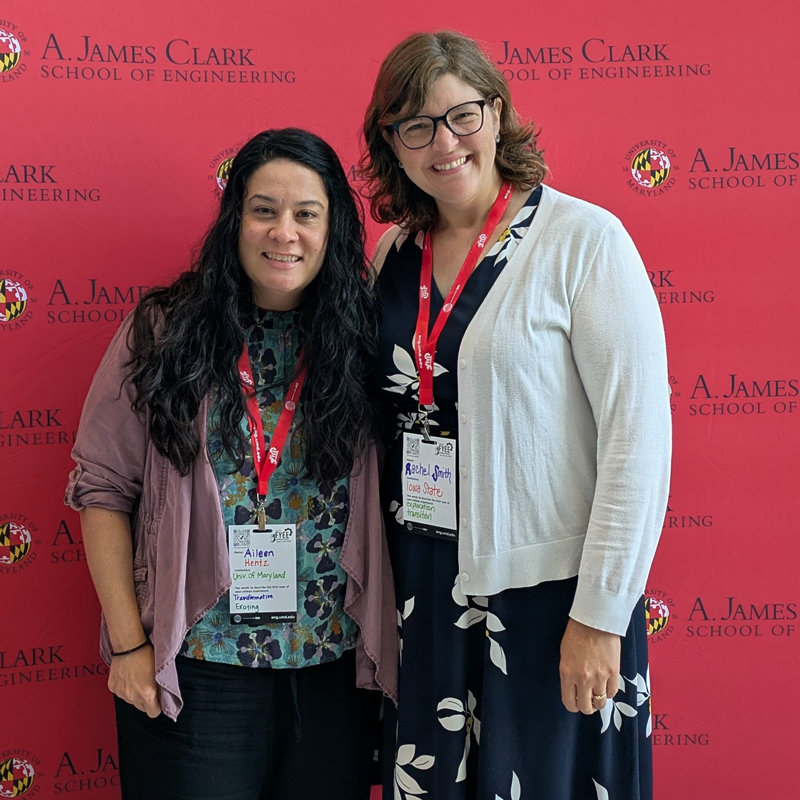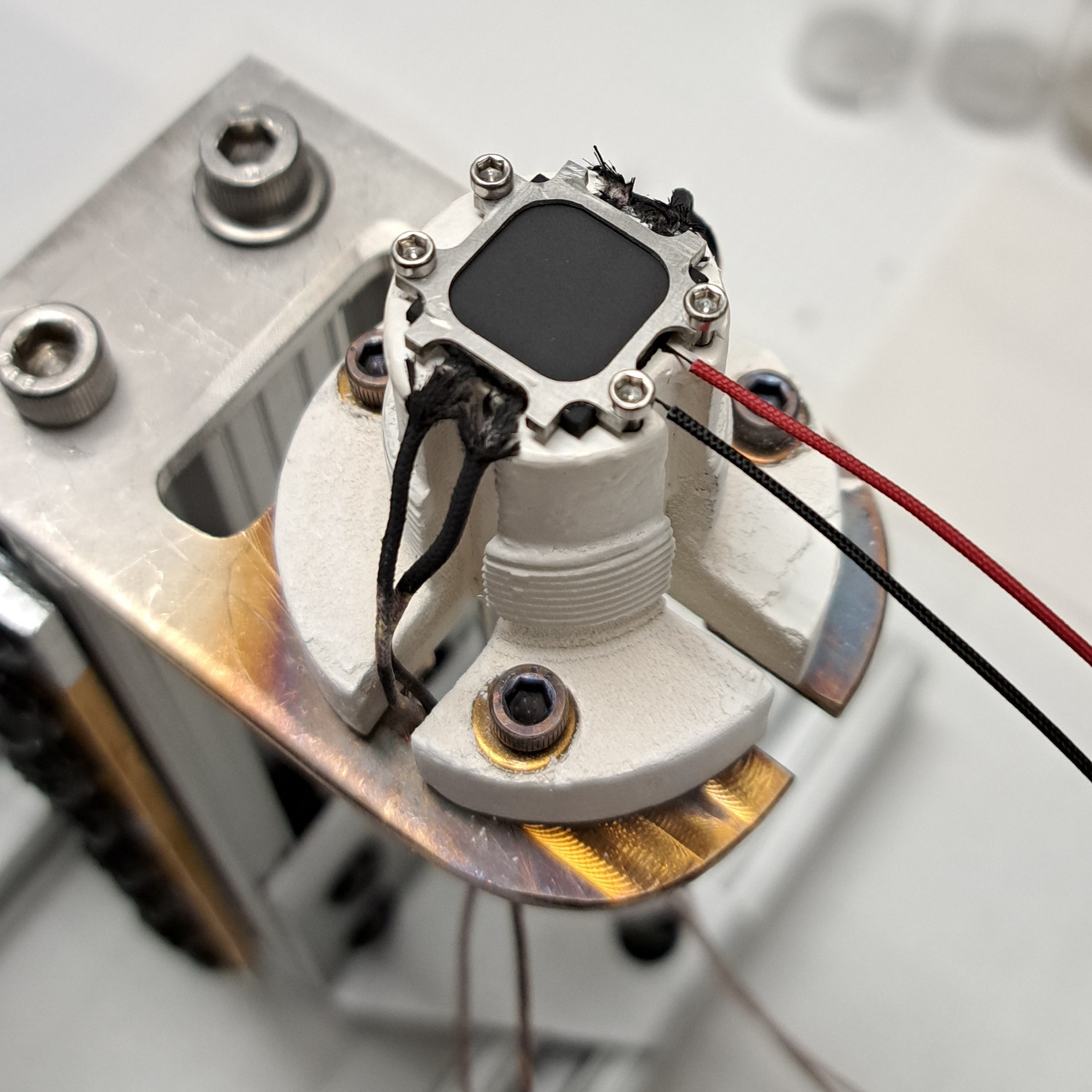News Story
Patil, Datta Land Best Paper Award from AIAA

A technical paper by a graduate of the University of Maryland’s Alfred Gessow Rotorcraft Center has been honored with a prestigious award by the American Institute of Aeronautics and Aeronautics (AIAA).
Mrinalgouda Patil’s (Ph.D., 2022) paper, “Three-Dimensional Blade and Hub Stresses of Coaxial Rotors in High-Speed Forward Flight,” was named the Structural Dynamics Technical Committee Best Paper from the 2023 AIAA SciTech Forum.
UMD associate professor Anubhav Datta, Patil’s advisor at UMD, is a co-author of the prize-winning paper. The work examines one of the ongoing problems in rotorcraft design: how to achieve high speeds with coaxial rotors without compromising hover.
In forward flight, the high-speed performance of a single main rotor helicopter is limited by compressibility on the advancing blade and reverse flow and dynamic stall on the retreating blade. Even before these limits are reached, however, the rotor begins to run out of lift as it attempts to achieve zero roll at the hub.
The problem can potentially be solved through use of a hingeless coaxial, which allows the advancing blades to lift freely since the opposite turning rotors naturally cancel the moments at the individual hubs. Those high-roll moments, however, must be absorbed either by means of the structure, or through a greater degree of blade flapping. Modern coaxial rotors are stiffened with heavy hubs that can handle the large moments and vibrations.
In their paper, Patil and Datta present a 3D solid finite element analysis (FEA) model that can predict blade and hub stresses that can arise in a lift-offset coaxial rotor system of this kind. The simulation is the first of its kind for coaxial rotors. Among other findings, the model shows that blade flexibility may play a key role in performance, and that the blade and hub stress patterns may not always be intuitive, which makes this analysis seminal. This work lays the foundation for industries to devise lighter hubs for future coaxial rotors.
“This is the first time work has been done to study the stresses on a coaxial rotorcraft and accurately predict the stresses on a coaxial rotor system,” Patil said, noting that it was UMD’s unique capabilities—notably, the X3D software developed at the AGRC with support from the U.S. Army—that made it possible.
“Previously, the capability needed to do this kind of work was not in existence,” he said.
The AGRC, one of only three university-based rotorcraft centers of excellence, is part of the UMD aerospace engineering department.
Published March 6, 2024










